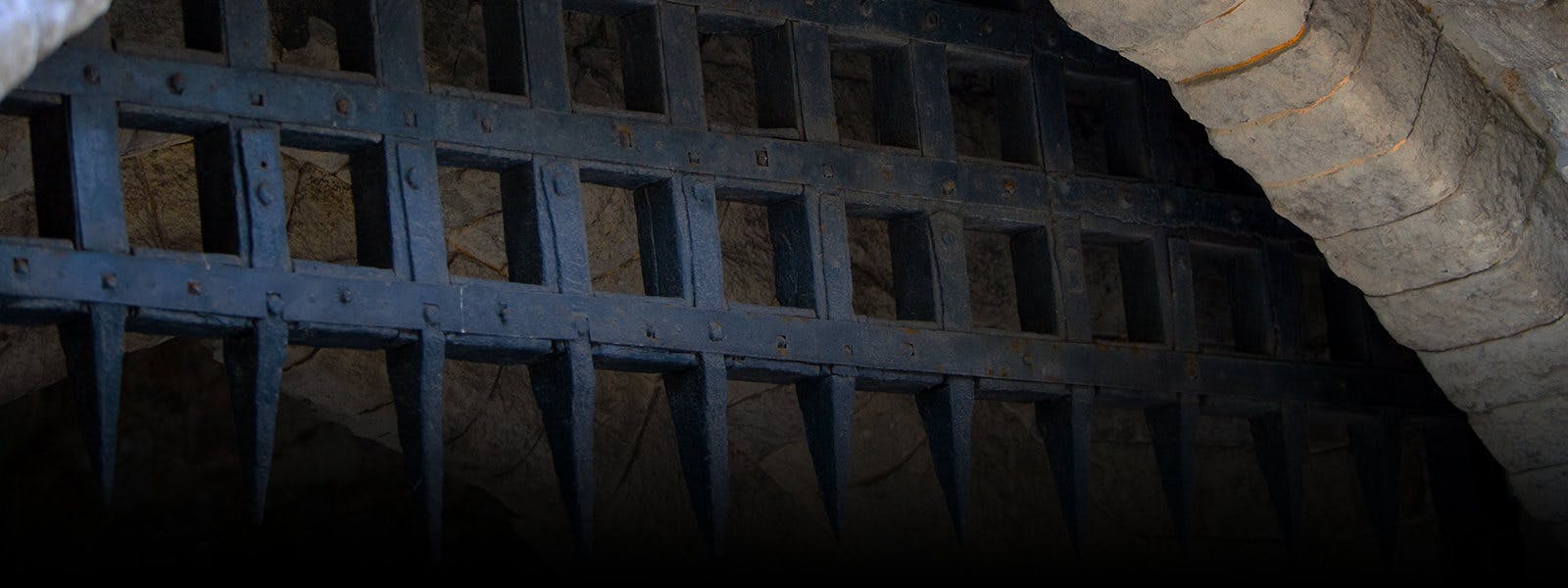
Although the Tower wasn’t built as a prison, hundreds of people were incarcerated here
A notorious prison and place of execution
The Tower of London was built as a secure fortress and a symbol of royal power. Behind the castle's walls were storehouses for weapons and the Royal Mint produced the nation's coins. It was also a royal palace with luxuriously furnished apartments and a menagerie of royal beasts. But the Tower was also used to contain people who posed a serious threat to national security.
Despite its fearsome reputation the story of imprisonment at the Tower is not just one of traitors and gruesome executions. It is also a tale of luxury, banquets and daring escapes. Many prisoners did not end their lives there but were released after paying a ransom or when they no longer posed a threat to security. Like the story of the Tower itself, its role as a prison is a varied one.
Did you know?
Over the centuries, the Tower was a potent symbol of state authority and an object of fear.
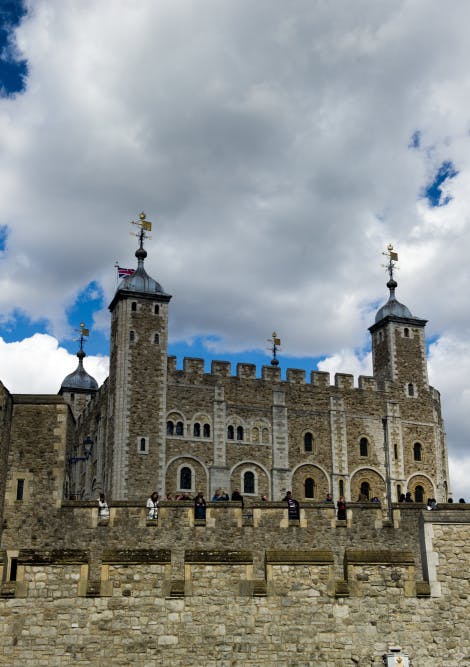
Sent to the Tower
The first prisoner of the Tower, Ranulf Flambard, Bishop of Durham was also the Tower's first escapee. In 1101 he climbed through one of theWhite Tower's windows using a rope smuggled to him in a gallon of wine.
Over 800 years later, on 15 August 1941, Josef Jakobs was the last person to be executed by firing squad at the Tower, having been found guilty of spying for Germany during the Second World War.
In between, the Tower has held in custody Scottish Kings and French Dukes, young princes and princesses and lords, ladies and archbishops, alongside common thieves, religious conspirators and even a few politicians.

Serving time
Prisoners at the Tower of London had varying experiences, from the luxurious to the lethal. Wealthy, influential inmates could be held in relative comfort, deprived only of their liberty.
Some captive kings, such as Scottish king John Balliol, brought in a host of servants. Others were allowed out on hunting or shopping trips! But those suspected or found guilty of treason, which including counterfeiting coins as well as plotting against the monarch, suffered far more.
By the Tudor period, the Tower had secured a reputation as the foremost state prison in the country and the Tower itself sought to reinforce its image as an unbreakable prison.
John Balliol, King of Scotland (1292-6), by Jacob Jacobsz de Wet II. ©Royal Collection Trust
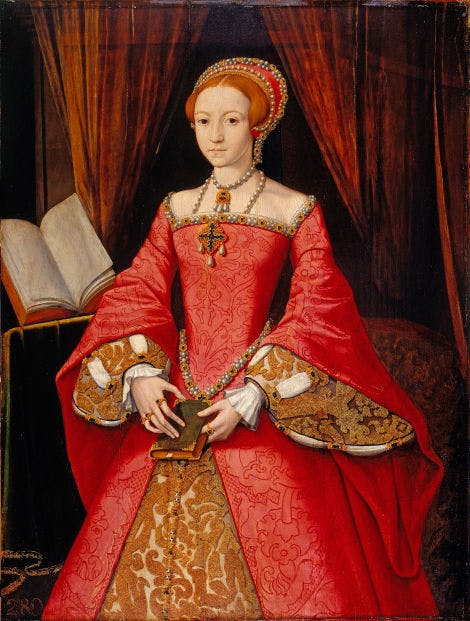
Princess Elizabeth
The young Princess Elizabeth was one of the most famous inmates at the Tower. She was imprisoned by her half-sister Mary I, who in the early days of her reign feared that Elizabeth was plotting against her.
Elizabeth arrived at the Tower on 17 March 1554. Legend has it that she entered through Traitors’ Gate, but it is known she walked over a drawbridge, where some of the more sympathetic guards knelt before her.
Held in her mother's former apartments, Elizabeth was comfortable, but under severe psychological strain. Eventually lack of evidence meant Elizabeth was released into house arrest on 19 May, the anniversary of her mother Anne Boleyn's execution. In January 1559 she returned under happier circumstances - to prepare for her coronation procession.
Image: Elizabeth I when a Princess, c1546. Attributed to William Scrots (active 1537-53), Royal Collection Trust / © Her Majesty Queen Elizabeth II 2017
ROYAL PRISONERS
Other prisoners of noble birth fared less well, however. Among the seven prisoners executed on Tower Green were three queens of England: Anne Boleyn, second wife of Henry VIII; Catherine Howard, Henry’s fifth wife and Lady Jane Grey.
The others beheaded on the orders of the monarch, during the bloody century of Tudor rule were Jane Boleyn, Viscountess Rochford (sister-in-law to Anne), Margaret Pole, Countess of Salisbury, Robert Devereux, Earl of Essex.
In 1483 William Lord Hastings was beheaded, probably on the orders of Richard of Gloucester, later Richard III. In 1743, Black Watch mutiny leaders Farquhar Shaw and cousins Samuel and Malcolm Macpherson were shot at dawn on the Green in front of their regiment.
Image: The Execution of Lady Jane Grey, © National Gallery London 2017
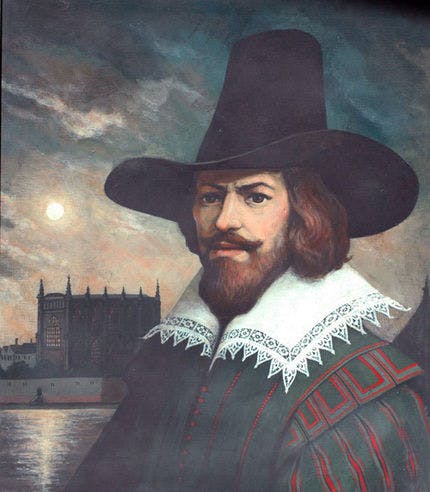
Guy Fawkes and the gunpowder plot
Guy Fawkes was brought to the Tower to be interrogated in November 1605 after guards found him hiding in the cellars beneath Parliament, surrounded by barrels of gunpowder. Fawkes was part of a group of conspirators who intended to assassinate James I during the State Opening of Parliament. He was imprisoned and tortured in the Queen’s House at the Tower of London.
Fawkes and the other plotters suffered a grisly traitor’s death: they were hanged, drawn and quartered, with their body parts then displayed throughout London as a warning to others.
Image by artist Sue Kerr, Courtesy of St Peter's Foundation, reproduced by kind permission
Four famous prisoners of the Tower
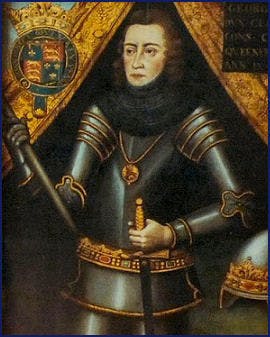
George Plantagenet, Duke of Clarence
The Duke's death in the 1470s was perhaps one of the most bizarre at the Tower – if legend is to be believed. Official records state that he was put to death privately at the Tower for high treason against this brother Edward IV. But other contemporary sources allege he was drowned head first in a barrel of his favourite Malmsey wine.

Princes in the Tower
In 1483, 12-year-old Edward V and his younger brother Richard were sent to the Tower ‘for safety’ by their uncle, the Duke of Gloucester. They vanished, apparently without trace and the Duke claimed the throne as Richard III. In 1674 two small skeletons were discovered by workmen at the Tower. Assumed to be those of the missing Princes, Charles II had them reburied in Westminster. Then in 1933, a re-examination proved they were of two boys aged about 10 and 12 – the same ages as the Princes when they disappeared. Was Richard III, often thought to be the most likely culprit, really responsible? The debate goes on.
Image: The Princes in the Tower (oil on canvas), Northcote, James (1746-1831) / Private Collection / Photo © Christie's Images / Bridgeman Images
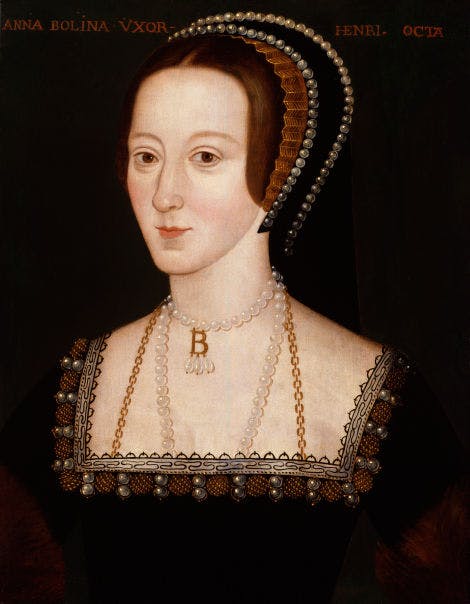
Anne Boleyn
Anne Boleyn, Henry VIII’s second wife, arrived at the Tower of London in May 1536, accused of adultery and incest. She asked, ‘Shall I go into a dungeon?’ ‘No madam’, came the reply, ‘you shall go into the lodging you lay in at your coronation’. Only three years before, Anne had enjoyed apartments lavishly refurbished by her then adoring husband and king.
Anne was found guilty and sentenced to death. As a small mercy, Henry granted her a skilled French swordsman, rather than an axeman. Anne was executed on 19 May with a single blow, and was buried in the Chapel Royal of St Peter ad Vincula at the Tower.
Anne Boleyn by Unknown English Artist, late 16th century. Primary collection of National Portrait Gallery, NPG 668
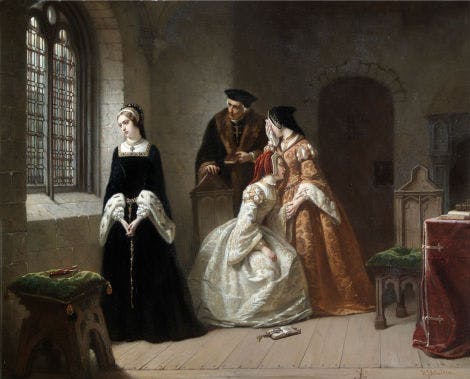
Lady Jane Grey
Lady Jane Grey was proclaimed queen in July 1553. She was an innocent pawn in a failed military coup by her father- in-law, the Duke of Northumberland. Instead, rightful heir Mary I was crowned, while would-be queen Jane and her young husband Lord Guildford were condemned as traitors and sent to the Tower. They were initially granted a reprieve, but further rebellion made Jane’s existence more of a threat. Mary could not afford to let her live. On 12 February 1554 Jane’s husband was publicly executed on Tower Hill. Jane, as one of the privileged few, was beheaded within the Tower walls. She was 17 years old.
Image: The Last Moments of Lady Jane Grey by Hendrik Jacobus Scholten
Torture and execution
Physical torture was used at the Tower of London, but only a small number of cases were recorded. It was used mainly during the 16th and 17th centuries.
It was predominantly used to elicit information rather than a punishment, but the pain was real.
Sometimes, even just the threat of the agony to come was enough to break a prisoner’s resolve.
Did you know?
Although prisoners in the Tower could be kept in solitary confinement and deprived of food or sleep, actual physical torture was used as a deliberate programme of interrogation.

The Rack
This was the principle instrument of torture at the Tower. It was a device upon which victims were laid and then pulled slowly by ropes attached to hands and feet. Repeated racking increased the agony.
Anne Askew
The only woman reputedly tortured at the Tower during the 16th century was Anne Askew. Twenty-five-year-old Anne was accused of being a Protestant heretic. When Anne refused to name others who shared her faith, she was racked repeatedly. She was carried, as she was unable to walk after torture, to be burnt at the stake.
Image: A True Description of the Racking and Cruell Handling of Cuthbert Simson in the Tower, from 'Acts and Monuments' by John Foxe (1516-87).
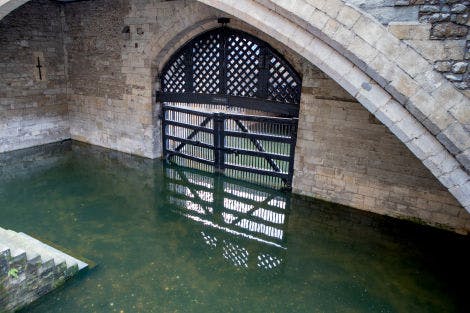
And because I lay still and did not cry, my Lord Chancellor and Master Rich took pains to rack me with their own hands till I was nigh dead... The Lieutenant caused me to be loosed from the rack: incontinently I swooned, and they recovered me again...
Anne Askew, 1546. The only woman reputedly tortured at the Tower
A sinister legend
Of all the roles that the Tower of London has played, torture has attracted the most myth and legend. A potent mixture of fiction and fact has created a fearsome reputation. Torture was used, but for a relatively short period - the 16th and 17th centuries - and especially during the Tudor period, a time of great political turmoil.
Eventually the Tower became used principally as a secure store for documents, armaments and jewels, instead of prisoners. However, it still remained best known as a dark place of execution and torture. This is largely because of the Tower’s growing popularity as a tourist attraction in the 19th century. But this popular image is only part of the story.
Did you know?
Victorian crowds, entranced by the gothic tales and exaggerated accounts of torture and suffering, flocked to the fortress to enjoy the chill of the 'dungeons'.
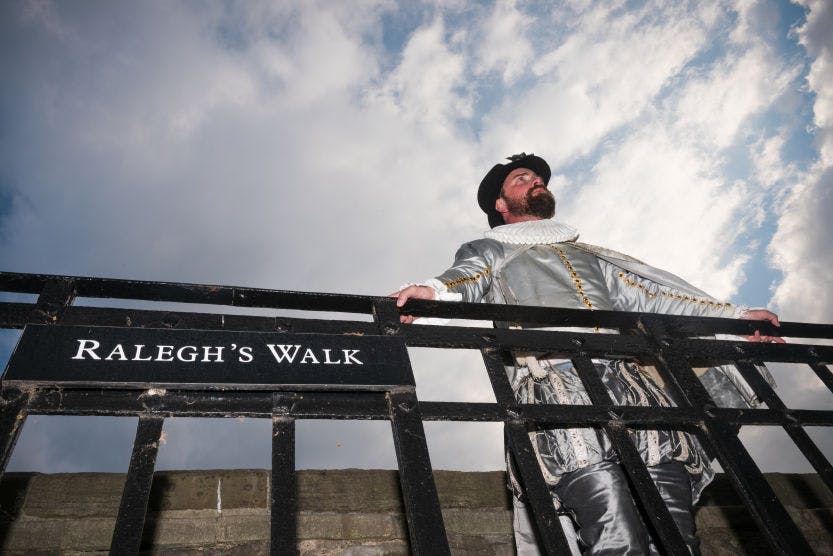
Walter Raleigh: prisoner, scientist and Tower of London gardener
Discover the imprisonment of Walter Raleigh at the Tower of London with our interactive story, created in partnership with Google Arts & Culture.
BROWSE MORE HISTORY AND STORIES
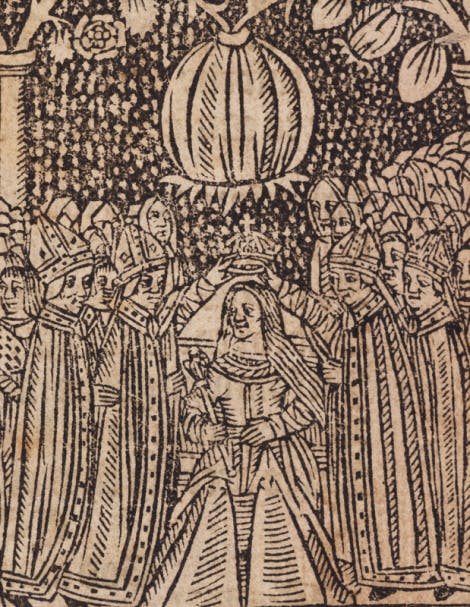
Catalina of Motril
A Tudor servant with one of English history’s greatest secrets
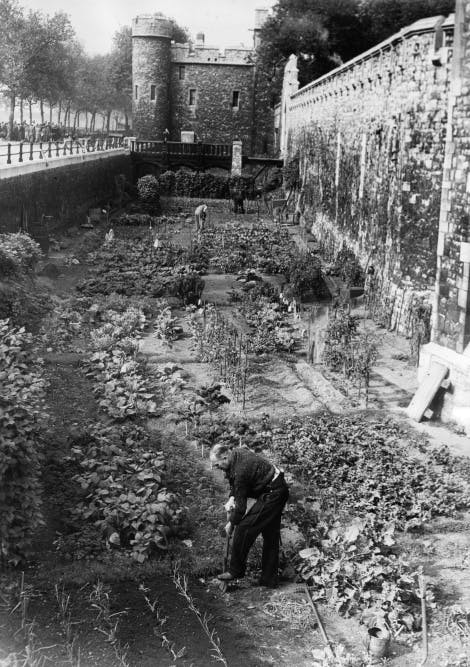
The Tower at war
The Tower of London played an important role in the First and Second World Wars
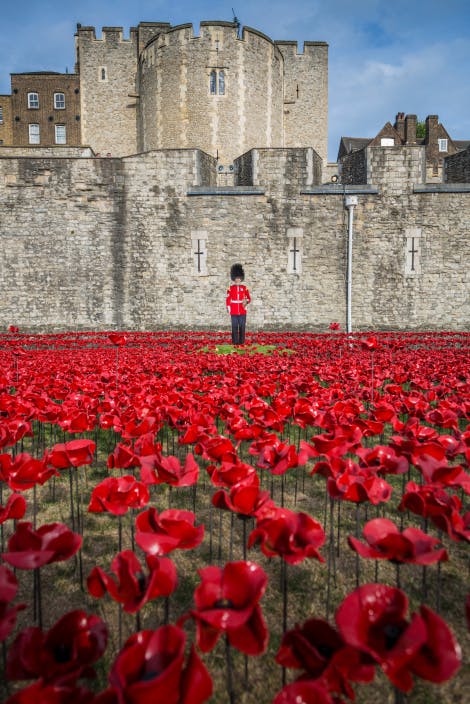
Tower of London remembers
The First World War centenary commemorations
EXPLORE WHAT'S ON

- Things to see
Tower Green & Scaffold site
Walk in the footsteps of those condemned to execution at the Tower of London on Tower Green and the Scaffold Site.
- Open
- Tower of London
- Included in palace admission (members go free)

- For members
- Events
Members-Only Ceremony of the Keys
Members-only access to the traditional locking up of the Tower of London, the Ceremony of the Keys.
- 12 May, 16 June and 14 July 2024
- 21:30
- Tower of London
- Separate ticket (advance booking required)

- Things to see
- Tours and talks
Yeoman Warder tours
Discover captivating stories of pain and passion, treachery and torture with our Yeoman Warder tours at the Tower of London.
- Available
- Tower of London
- Included in palace admission (members go free)
Shop online

Shop Raven gifts
Legend has it that if the six ravens ever leave the Tower of London, the Tower and the kingdom will fall. These products have been inspired by the Ravens that live at the Tower of London.
From £3.00
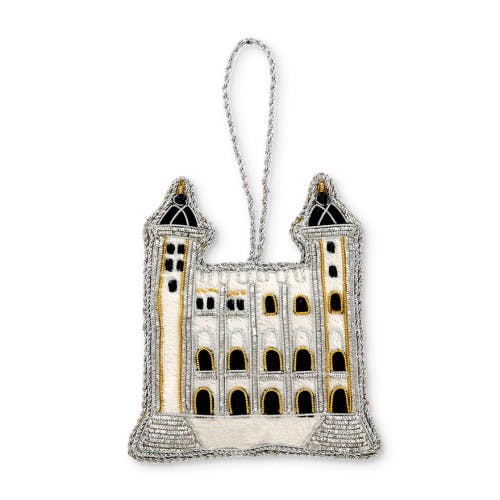
Tower of London White Tower luxury embroidered hanging decoration
Our exclusive premium decoration of the White Tower, the centre of the Tower of London. Built on the orders of William the Conqueror, the White Tower has now stood for almost 1000 years.
£30.00

Tower of London raven navy sweatshirt
Featuring our unique and exclusive design, our Tower of London raven navy sweatshirt will keep you warm on chilly days.
£38.00
